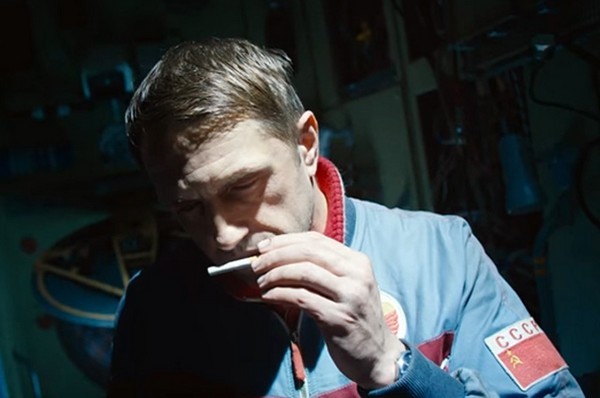Enhanced Documents of a Past Future: Re-interpretation of the Soviet History of Spaceflight in Contemporary Russian Blockbusters
DOI:
https://doi.org/10.17892/app.2019.0008.159Keywords:
Iurii Gagarin, outer space, Soviet space age, fiction, no(w)stalgia, chronotope, Russian cinemaAbstract
This article investigates the fictionalization of the space age in contemporary Russian spaceflight history blockbusters Gagarin: Pervyi v kosmose / Gagarin: First in Space (2013), Vremia pervykh / Spacewalk (2017), and Saliut 7 (2017). This “second wave” of Russian films on spaceflight exhibits a greater affinity for the patriotic Soviet canon of portraying Soviet spaceflight history than their predecessors from the 2000s – Pervye na lune / First on the Moon (2004), Kosmos kak predchuvstvie / Dreaming of Space (2005), and Bumazhnyi soldat / Paper Soldier (2008) – which subverted the narrative conventions established by Soviet feature films on the history of spaceflight, i.e. their linearly progressive, normatively-optimistic plots, standard sets of historical characters, and common reliance on an authoritative third-person narrator.
The article argues that blockbusters of the past decade, in contrast, reinvent the patriotic Soviet narrative in a particular, (no(w)stalgic) way. Drawing on the discussion on the chronotope (Bakhtin) of outer space in Soviet and Russian cinema, this article explores the productions in question through the lens of their constructions of literal and metaphorical diagonality, verticality and horizontality. In doing so, it argues that the examined films embed historical events into fictional narratives and audio-visual worlds that monumentalise and mythologise the Soviet space age through the use of these spatial vectors, creating a novel, yet eerily familiar fictional collage of a past.
Table of contents image from Saliut 7 (Klim Shipenko, 2017, Russia).

Downloads
Published
How to Cite
Issue
Section
License
Copyright (c) 2019 Apparatus. Film, Media and Digital Cultures of Central and Eastern Europe

This work is licensed under a Creative Commons Attribution 4.0 International License.
The articles in Apparatus are published under https://creativecommons.org/licenses/by/4.0/ This license does not apply to the media referenced, which are subject to the individual rights owner's terms.
The authors hold the copyright without restrictions and retain publishing rights without restrictions.





